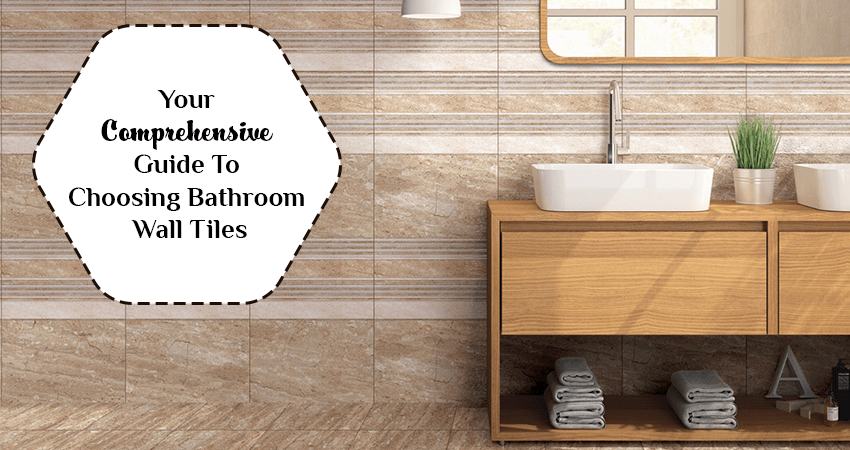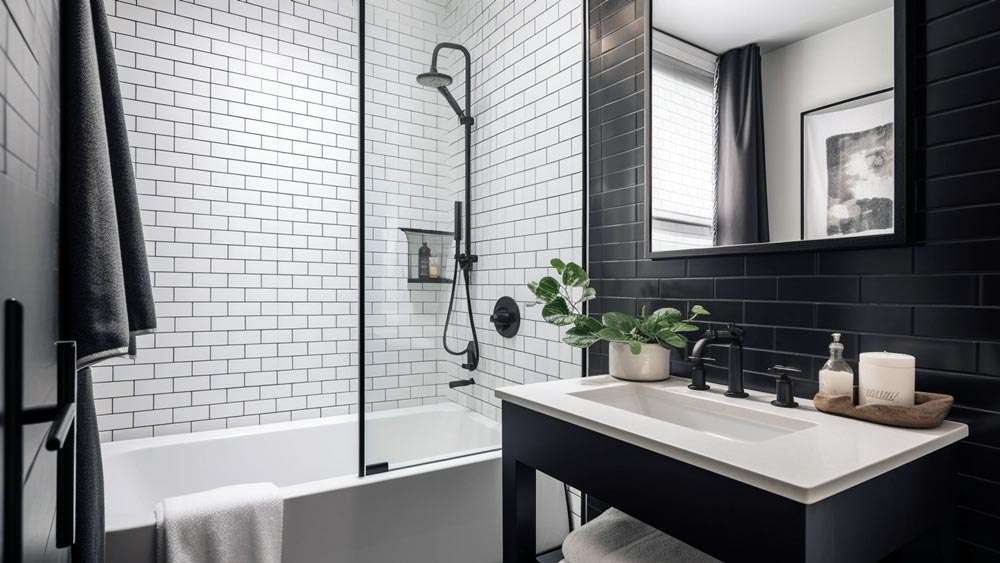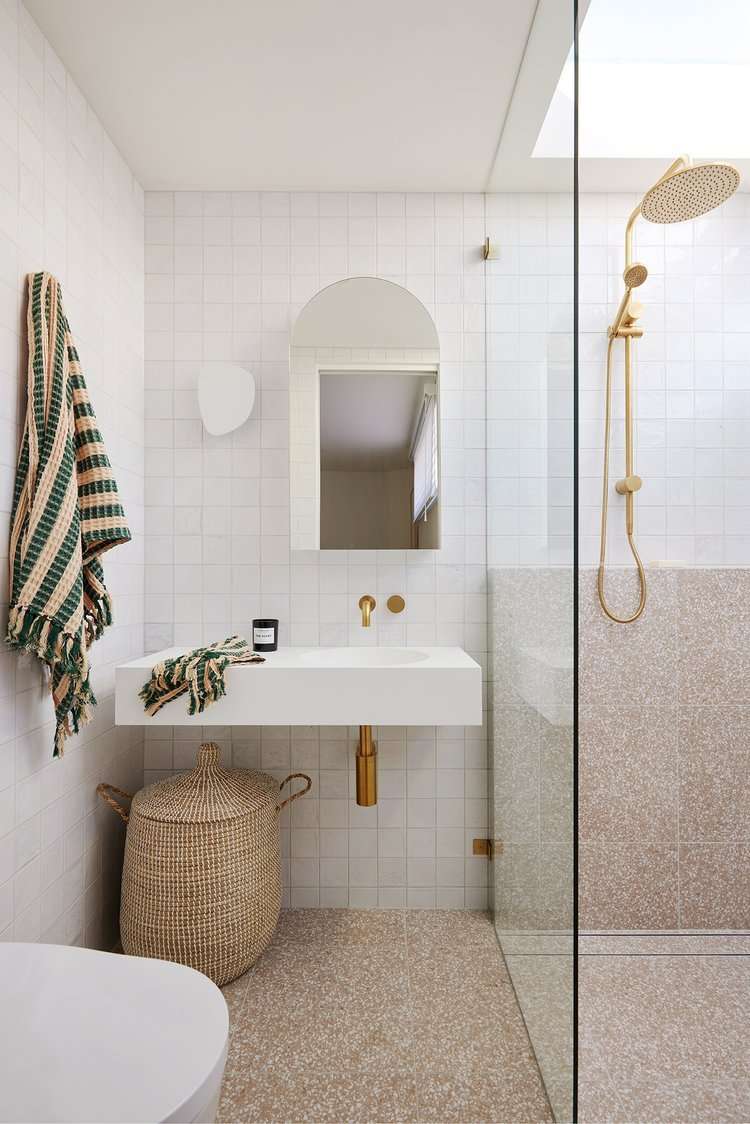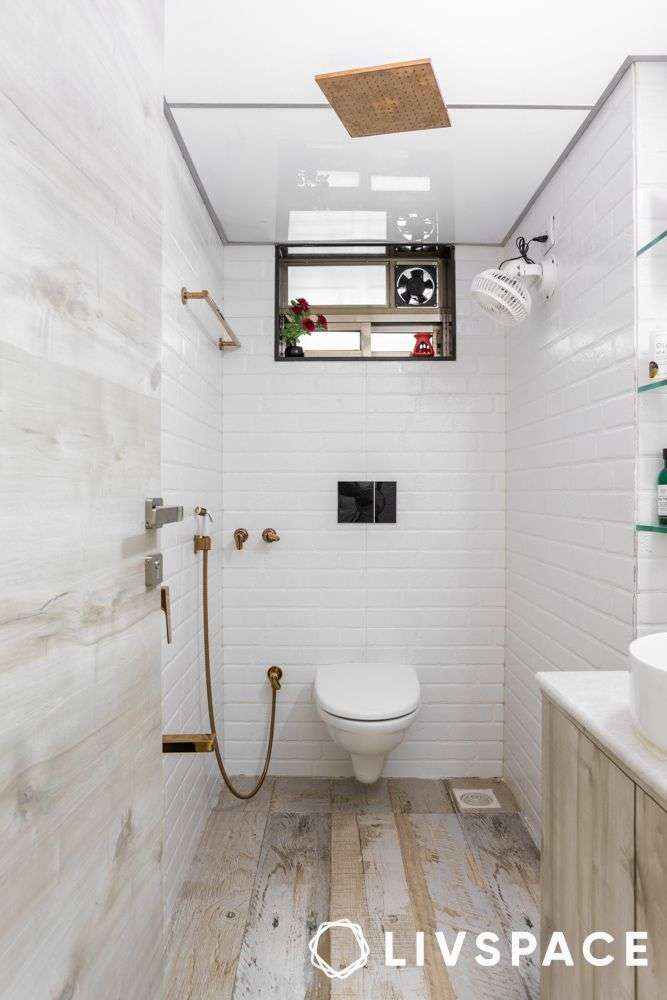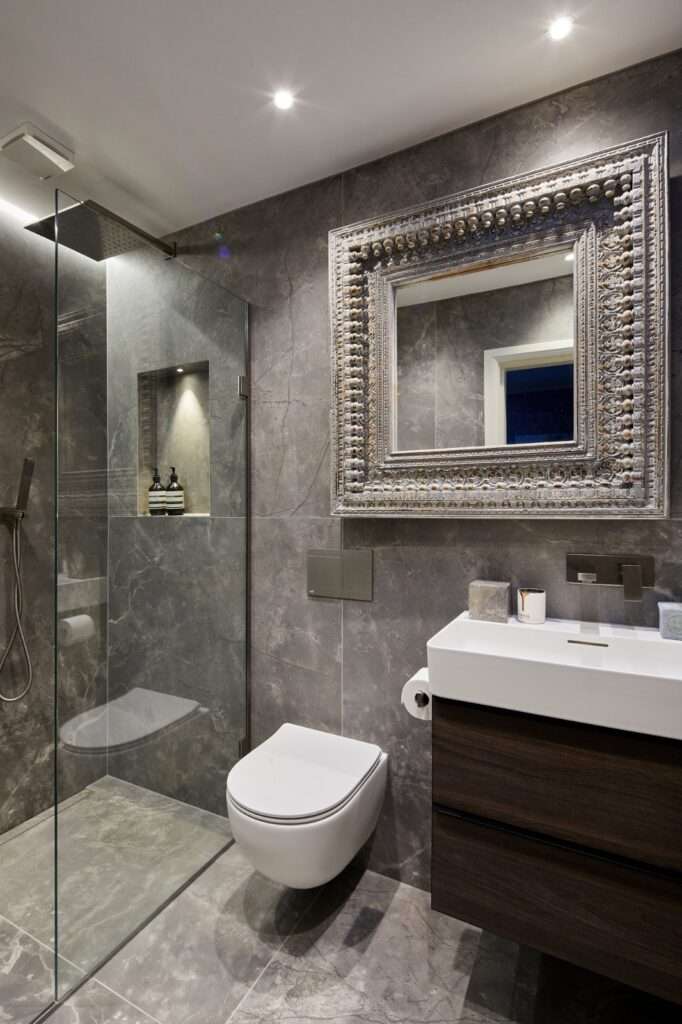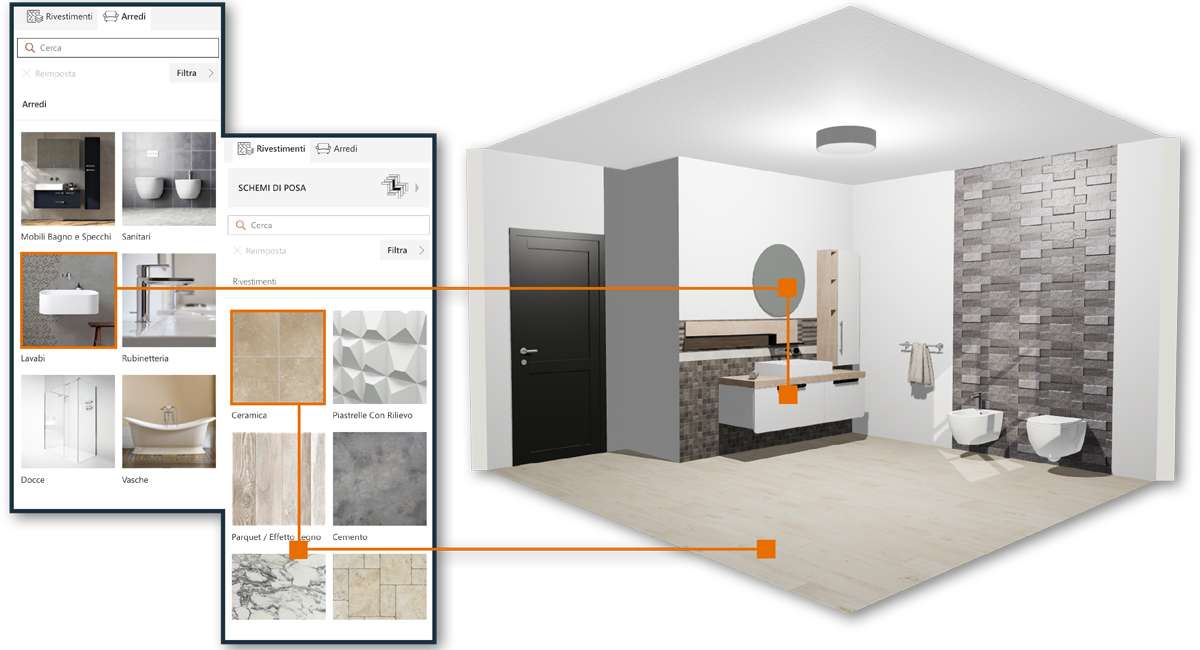Designing a bathroom involves a myriad of choices, but selecting the right wall tiles is paramount to achieving the desired aesthetic and functionality. The possibilities are endless when exploring bathroom wall tiles designs picture options. From sleek, modern styles to rustic, textured looks, the tile choices will directly influence the ambiance and overall feel of your personal sanctuary. Considering factors such as color, size, material, and pattern is crucial to curating a cohesive and visually appealing bathroom wall tiles designs picture.
Exploring Tile Materials: A World of Options
Choosing the right material for your bathroom wall tiles is a critical decision. Each material offers unique advantages and disadvantages in terms of aesthetics, durability, and maintenance.
- Ceramic: A popular and affordable choice, ceramic tiles are durable, water-resistant, and easy to clean. They come in a wide range of colors, sizes, and styles.
- Porcelain: Similar to ceramic but denser and more water-resistant, porcelain tiles are ideal for high-moisture environments like bathrooms. They are also more resistant to stains and scratches.
- Glass: Glass tiles offer a sleek and modern look. They are non-porous, easy to clean, and reflect light beautifully, making smaller bathrooms appear larger.
- Stone: Natural stone tiles, such as marble, granite, and slate, offer a luxurious and sophisticated look. However, they require more maintenance and can be more expensive.
Tile Patterns and Layouts: Unleashing Your Creativity
The way you arrange your bathroom wall tiles can significantly impact the overall design. Experiment with different patterns and layouts to create a unique and personalized space.
Popular Tile Patterns
- Subway Tile: A classic and timeless choice, subway tiles are typically rectangular and arranged in a brick pattern.
- Herringbone: This pattern involves arranging rectangular tiles in a zig-zag pattern, creating a visually dynamic effect.
- Stacked: A modern and minimalist look, stacked tiles are arranged in a straight line, either horizontally or vertically.
- Mosaic: Small tiles arranged in a decorative pattern, offering endless possibilities for customization.
Color Palette Considerations: Setting the Mood
The color of your bathroom wall tiles plays a crucial role in setting the mood and creating the desired atmosphere.
Light and neutral colors, such as white, beige, and gray, can create a bright and airy feel, making smaller bathrooms appear larger. Bold and vibrant colors, such as blue, green, and yellow, can add a pop of personality and energy to the space. Darker colors, such as black and navy, can create a more dramatic and sophisticated look.
Comparative Table: Tile Material Properties
| Material | Water Resistance | Durability | Maintenance | Cost |
|---|---|---|---|---|
| Ceramic | High | Medium | Low | Low |
| Porcelain | Very High | High | Low | Medium |
| Glass | Very High | Medium | Low | Medium to High |
| Stone | Medium to High (depending on type) | High | High | High |
Ultimately, selecting the perfect bathroom wall tiles designs picture for your space is a personal journey that should reflect your individual style and preferences. By carefully considering the material, pattern, color, and layout, you can create a bathroom that is both beautiful and functional.
The interplay of natural and artificial light must also be factored into the selection process. Glossy tiles, for instance, will amplify the luminosity within a space, potentially mitigating the need for extensive supplementary lighting. Conversely, matte finishes offer a more subdued aesthetic, ideal for bathrooms already benefiting from ample natural illumination. Furthermore, the size and shape of the tile should be carefully considered in relation to the overall dimensions of the bathroom. Larger tiles can create a sense of expansiveness in smaller spaces, while smaller, intricate tiles may be more appropriate for larger, more elaborate designs.
GROUT SELECTION: AN INTEGRAL DESIGN ELEMENT
The selection of grout, often overlooked, constitutes an integral component of the overall tile design. Grout not only serves a functional purpose, sealing the gaps between tiles and preventing water damage, but also contributes significantly to the aesthetic appeal of the finished product. A contrasting grout color can accentuate the tile pattern and add visual interest, while a matching grout color can create a seamless and uniform look. Considerations should also be given to the type of grout employed; epoxy grout, for instance, offers superior stain resistance and durability compared to cementitious grout, making it a prudent choice for high-moisture environments.
INCORPORATING ACCENTS AND BORDERS: ELEVATING THE DESIGN
To further enhance the visual appeal of bathroom wall tiles, the incorporation of accents and borders should be considered. Accent tiles, typically featuring a distinct color, pattern, or material, can be strategically placed to create focal points and add depth to the design. Borders, often comprising a continuous strip of decorative tiles, can define the perimeter of the tiled area and create a sense of visual separation. The judicious use of accents and borders can transform a simple tile installation into a sophisticated and personalized design statement.
EXAMPLES OF ACCENT TILE PLACEMENT
– Vertical Strips: Running a vertical strip of accent tiles from floor to ceiling can elongate the space and draw the eye upwards.
– Shower Niches: Incorporating accent tiles within shower niches provides a decorative element and can highlight the storage area.
– Backsplashes: Using accent tiles as a backsplash behind the sink adds a touch of elegance and protects the wall from water damage.
BEYOND AESTHETICS: PRACTICAL CONSIDERATIONS
While aesthetics are paramount, practical considerations must also inform the selection of bathroom wall tiles. Slip resistance is a crucial factor, particularly in shower areas, to ensure the safety of occupants. Textured tiles or the application of anti-slip treatments can mitigate the risk of falls. Furthermore, the ease of cleaning and maintenance should be considered. Tiles with smooth, non-porous surfaces are generally easier to clean and less susceptible to staining. Regularly cleaning the tiles and grout with appropriate cleaning agents will help to maintain their appearance and prolong their lifespan; The ultimate design should balance aesthetic appeal with practicality to ensure a bathroom that is both beautiful and functional for years to come.
